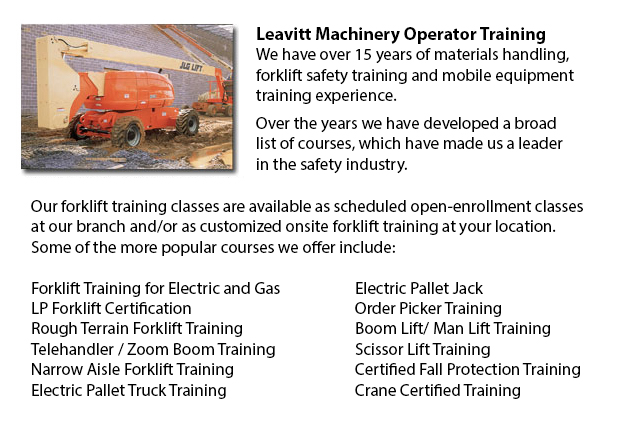
Aerial Platform Training Surrey - Aerial hoists are able to accommodate many duties involving high and tough reaching spaces. Often utilized to carry out regular repair in buildings with high ceilings, prune tree branches, elevate heavy shelving units or mend phone cables. A ladder could also be utilized for some of the aforementioned tasks, although aerial hoists provide more safety and stability when correctly used.
There are a lot of designs of aerial lift trucks available on the market depending on what the task required involves. Painters often use scissor aerial hoists for instance, which are categorized as mobile scaffolding, handy in painting trim and reaching the 2nd story and higher on buildings. The scissor aerial hoists use criss-cross braces to stretch out and enlarge upwards. There is a table attached to the top of the braces that rises simultaneously as the criss-cross braces raise.
Cherry pickers and bucket lift trucks are a further variety of the aerial hoist. Normally, they possess a bucket at the end of an elongated arm and as the arm unfolds, the attached bucket lift rises. Forklifts utilize a pronged arm that rises upwards as the lever is moved. Boom lifts have a hydraulic arm that extends outward and raises the platform. All of these aerial lifts require special training to operate.
Through the Occupational Safety & Health Association, also called OSHA, training courses are offered to help make certain the workers meet occupational principles for safety, machine operation, inspection and repair and machine cargo capacities. Workforce receive qualifications upon completion of the course and only OSHA certified personnel should run aerial hoists. The Occupational Safety & Health Organization has developed rules to uphold safety and prevent injury when using aerial lift trucks. Common sense rules such as not using this piece of equipment to give rides and ensuring all tires on aerial hoists are braced in order to prevent machine tipping are observed within the rules.
Regrettably, data show that over 20 operators die each year while running aerial lifts and 8% of those are commercial painters. The majority of these accidents are due to inadequate tire bracing and the hoist falling over; for that reason a lot of of these deaths were preventable. Operators should make certain that all wheels are locked and braces as a critical safety precaution to prevent the instrument from toppling over.
Other suggestions include marking the surrounding area of the device in an observable way to safeguard passers-by and to ensure they do not approach too close to the operating machine. It is imperative to ensure that there are also 10 feet of clearance among any power lines and the aerial hoist. Operators of this apparatus are also highly recommended to always wear the appropriate safety harness while up in the air.
-
Crane Ticket Surrey
Crane Ticket Surrey - The modern type of a crane could be either complex or simple, and cranes vary based on their application. Mobile cranes, for instance are rather simple. A telescopic boom or steel truss mounts its movable platform. A system of l... More -
Overhead Crane Training Surrey
Overhead Crane Training Surrey - An overhead crane is a large crane made use of to lift and move big, heavy things which cannot be lifted manually. An overhead crane is usually fixed in position when in use. These equipment are capable of moving huge... More -
Manlift Operator Training Surrey
Manlift Operator Training Surrey - A specialized type of hydraulic platform is referred to as an aerial lift or a man lift. It is meant to hoist an individual vertically up and down and therefore, is likewise known as a vertical personnel lift. This... More -
Heavy Equipment Safety Training Surrey
Heavy Equipment Safety Training Surrey - A very essential topic for those who work in industry environments is heavy equipment safety. This particular subject is relevant for people likewise who employ the use of heavy machinery to be able to carry o... More -
Wheel and Track Loader Training in Surrey
Lift trucks are obtainable in a variety of different units which have various load capacities. Nearly all average forklifts utilized inside warehouse environment have load capacities of one to five tons. Bigger scale units are used for heavier loads,... More -
Telehandler Training - Rotational Telehandler, Zoom Boom Training in Surrey
Telescopic handlers often called telehandlers for short, are a very popular piece of heavy construction equipment. They are commonly used in the construction and agricultural industries. These equipments have farthest reaching ability and are able to... More -
Forklift Safety Training Surrey
Forklift Safety Training Surrey - Any individual who wants to operate a forklift must take a forklift safety training course in order to become a certified forklift truck operator. There are various ways to acquire forklift training. Programs are pro... More -
Forklift Operator Training Surrey
Forklift Operator Training Surrey - Forklift training is a prerequisite in North America and is intended to avoid workplace death and injuries. Forklift training offers driver training for forklift operators. Training programs teach the effective and... More

Forklift Training Surrey
TOLL FREE: 1-888-254-6157
forklifttraininginsurrey.com
Email Us
About Us



